Recycling Bin Colours in Australia
– Guide on Council Bins
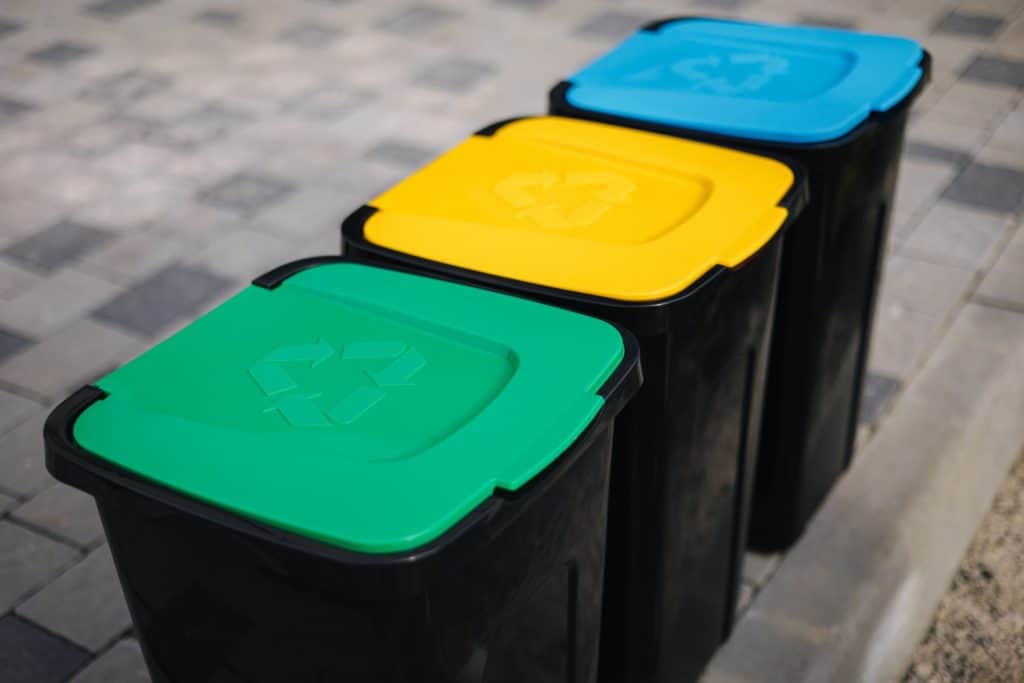
This post was last updated in 2023
Hello there my everyday eco-conscious warriors 😊
Today, we’re diving into the colourful world of bins.
I know, thrilling right?
But like anything to do with waste and recycling, things are not as straightforward as they seem. As you know, recycling rules differ from state to state and council to council and it appears that there is no consistency in this country.
But there is some common ground out there when it comes recycling bin colours and this is what this blog post will lay out.
Here I am going to uncover what’s what with bin colours and what goes into what for your household garbage bins. Specifically, you will find answers to the following questions:
Table of Contents
- What are the different colours of bins?
- What do you put in each bin in Australia?
- What is the red bin used for?
- What goes in the yellow bin?
- What goes in the green top bin?
- What goes in the blue bin?
- What are the purple bins for?
- What are black, grey or dark green bins for?
- State-based variations in bin colours and waste collection
I started looking into this because when I started reviewing indoor recycling bins and office bins, I got curious about what all the different colours meant and wanted to know if there was a set standard out there (beyond yellow = mixed recycling).
This is where my curiosity led me 😊
What are the different colours of bins?
Bin lids come in different colours and typically represent a different waste stream. In Australia, you will find red, yellow, lime green, blue, burgundy, and purple lids offered by local councils. The body of the bin can be any colour and typically does not represent a waste stream.
The body of the bin can be dark green, black, or grey.
Restock, a supply company for Australian businesses, offers a range of different coloured bin bodies to mix and match with the standard lids. Here are the colours they supply:

Source: https://www.restock.com.au/blog/2021/01/19/Australian-Standard-for-colour-coded-bins
Yes, you aren’t imagining things – you can get black, natural green, dark green, and grey bin lids.
These colours may be in use by your council and may represent a particular waste stream. But it is going against the Australian standards to use these colours. Red, yellow, green and blue are the only colours to be used, according to the standards.
More on that below. ⬇️
What do you put in each bin in Australia?
The Australian Standards for mobile bin colours (AS4123.7-2006) have provided the following guidelines outlining for what you put into each bin based on the bin lid colour:
- Red bin – general waste
- Yellow bin – comingled recycling (glass, plastic, metal, and paper combined)
- Lime green – garden waste
- Burgundy – food waste
- Blue – paper and cardboard recycling only
Again, this is based on the lid colour
Some councils in Australia will use purple lids. This is usually for a separate glass recycling stream.
And yes, these standards have not been applied consistently across Australia.
The standards have been in place since 2006. It looks like some councils are transitioning their bins to adopt these standards and others are… ignoring them I am guessing 🤷
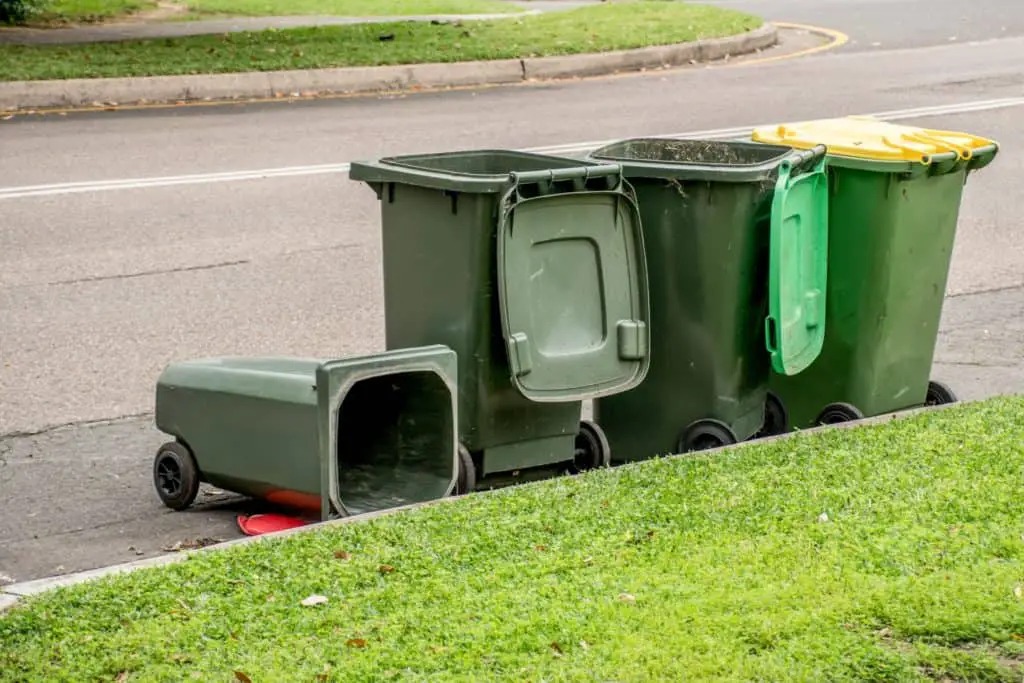
So I’m afraid, this is something that does vary from council to council. You will have to check your council’s website if you are after information specific to your council area.
But hopefully, you are not here for specific information, but rather a general idea of what the different bin colours mean. If so, the Australian standards pretty much sum up what you see in most council areas in Australia.
For more information and a state-by-state breakdown, refer to the table at the end of this blog post.
What is the red bin used for?
The red bin is where you toss all your general household waste. It’s for all the things that do not go into the other bins that your council has provided. Think of it as the last resort for items that can’t be recycled or composted by your local council.
Here is a list of some of the items that go into your red bin:
- Non-recyclable plastics (e.g., plastic bags, plastic wrap)
- Broken glass and glass items that can’t be recycled
- Disposable diapers and sanitary products
- Non-recyclable or contaminated paper and cardboard (e.g. receipts and paper/plastic mixed items)
- Small household items that can’t be reused or donated
- Vacuum cleaner bag contents
- Ashes from fireplaces or wood-burning stoves if it can’t be composted
- Hygiene products like cotton balls and swabs
- Disposable razors and toothbrushes
- Non-recyclable aluminium foil (e.g., foil with food residue)
Again the red bin is for anything that cannot go into any other bin or be reused or recycled through any other means.
Some things that people generally put into the red bin but could be recycled or disposed elsewhere include:
- Styrofoam and foam packaging
- Damaged clothing and textiles
- Hazardous waste materials (e.g., chemicals, paint cans)
- Metallic objects that are not steel cans or aluminium
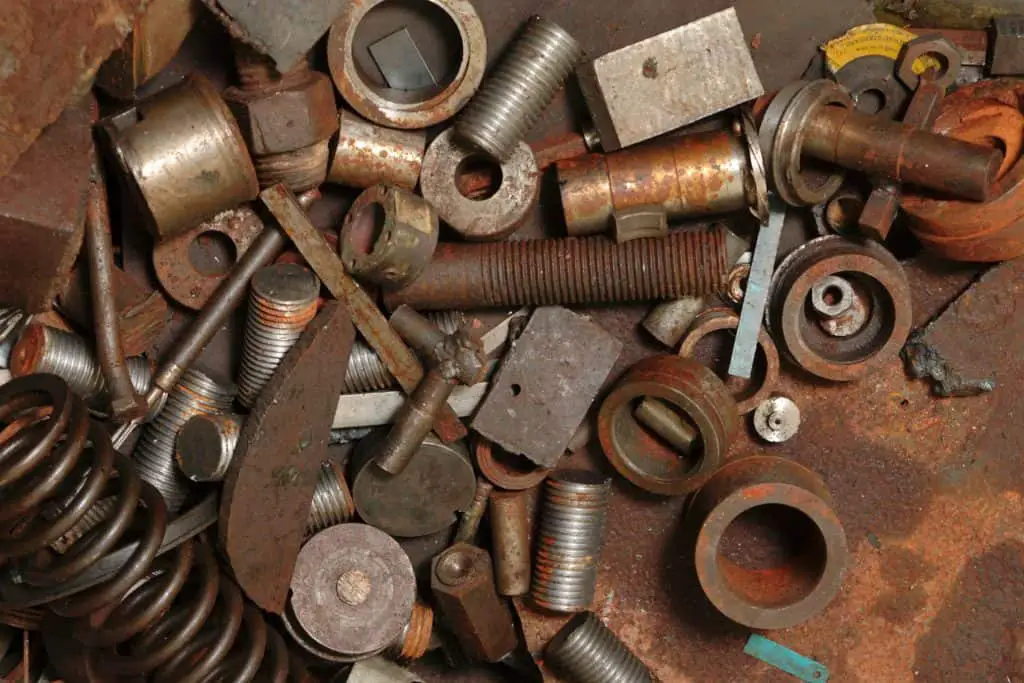
As well as food and pet waste which can be composted in a worm farm or compost bin.
For more information on recycling clothing, check out this blog post.
For information on recycling metallic items, check out this blog post.
It’s essential to minimise the amount of waste in the red bin whenever possible by considering your reuse and recycling alternatives. ♻️
What goes in the yellow bin?
The yellow bin is typically for your commingled recycling. Comingled recycling streams typically accept paper, cardboard, glass bottles, plastic containers, and steel and aluminium cans. You will need to check with your council to confirm exactly what recyclable items they can accept.
And yes, I am aware recycling guidelines vary from council to council.
This is because Australia is a massive place and the recycling facilities available in one area may not exist in another.
That being said, I can provide a general overview of what commonly goes in the yellow bin, based on a review of various resources on recycling in Australia:
- Paper: This includes newspapers, magazines, junk mail, office paper, and cardboard. Flatten cardboard boxes to save space.
- Cardboard: Along with regular cardboard, you can also recycle pizza boxes and other clean food packaging made of cardboard.
- Glass Bottles and Jars: Empty glass bottles and jars from food and beverages, such as sauce bottles, wine bottles, and pickle jars.
- Plastic Containers: Most councils accept plastic containers with recycling symbols and numbers on the bottom. Common examples include drink bottles, shampoo bottles, and food containers. Rinse them before recycling.
- Aluminium Cans: This includes beverage cans like soda and beer cans. Make sure they are empty and clean.
- Steel Cans: Items like soup cans and canned food containers made of steel are typically accepted.
- Aerosol Cans: Empty aerosol cans, like those used for deodorant or cooking spray, are often accepted. Remove the plastic cap if applicable.
- Milk and Juice Cartons: Some councils accept cartons for milk, juice, and other beverages.
- Tin Foil: Clean aluminium foil, such as foil used for cooking, can sometimes be recycled.
- Plastic Bags: Some councils accept plastic bags in the yellow bin, while others have dedicated drop-off points at supermarkets.
For more on the ins and outs of paper recycling, check out this blog post on paper items found in your kitchen and this blog post for paper items found in other parts of your home 📰
For specific guidance relating to your council area, you should check out your council’s website.
As an alternative, you could check out Plant Arks Recycling Near You website which consolidates information for all councils in Australia. ♻️
Or these specific state-based websites (although they give general advice and it is not specific to your council area):
What goes in the green top bin?
In Australia, the green-lidded bin, often referred to as the “green waste bin” or “organics bin,” is designated for garden organic waste. Typically it is for garden waste only, however, some states will collect food waste in the green waste bin, along with garden organics.
Check with your council to make sure.
The practice of designating the green-lidded bin as the bin for food waste is against Australian standards. According to the standards, burgundy is the colour to use for food waste bins.
However, there seems to be no standard for the collection of garden and food waste together. It appears councils have decided to use green lids to collect this combined waste stream. 🤷♀️
Here’s a list of typical items that go into green-lidded bins:
- Grass Clippings: Grass clippings from lawn mowing.
- Leaves and Twigs: Fallen leaves, small branches, and twigs.
- Garden Prunings: Trimmed branches, bushes, and plants.
- Weeds: Non-invasive weeds and garden plants.
- Flowers: Dead flowers and plant cuttings.
- Small Tree Stumps: Some councils accept small tree stumps, but there may be size limitations.
- Small Wood Chips: Small wood chips or mulch from your garden.
- Lawn and Garden Debris: General garden waste and debris that can be composted.
- Food Scraps: Some councils allow food scraps like fruit and vegetable peelings, coffee grounds, and eggshells in the green bin. However, this may vary by council, so check your local guidelines.
- Green Waste Bags: If your council provides green waste bags, you can use these to dispose of your organic waste. 🌱🍏
Some councils have restrictions on the types of organic waste they accept, so it’s essential to check with your local council for precise instructions.

What goes in the blue bin?
In Australia, blue-lidded bins are typically designated for recyclable paper and cardboard products. It’s a common colour used for office bins.
Here’s what commonly goes into blue-lidded bins:
- Newspapers: Old newspapers and newsprint.
- Magzines: Magazines and glossy publications.
- Office Paper: White and coloured office paper, including printer paper and envelopes.
- Cardboard: Flattened cardboard boxes and packaging materials, such as cereal boxes, shoeboxes, and corrugated cardboard.
- Junk Mail: Unwanted advertising materials, flyers, and brochures.
- Phone Books: Old phone directories.
- Egg Cartons: Cardboard egg cartons are often accepted.
- Pizza Boxes: Clean pizza boxes. Some councils may have specific guidelines for pizza box recycling.
- Milk and Juice Cartons: Some councils accept cartons for milk, juice, and other beverages.
- Paperboard: Items like cereal boxes, tissue boxes, and shoeboxes made of cardboard. 📦
It’s important to note that while these items are commonly accepted in the blue-lidded bin for paper and cardboard recycling across Australia, there may be variations in specific council guidelines. Check with your local council for further information.
For information on specific items and to address common questions you might have about paper recycling, check out this blog post on paper items found in your kitchen and this blog post for paper items found in other parts of your home. 🏡
What are the purple bins for?
In Australia, purple-lidded bins are typically for glass only. This is the convention Victoria adopted when they introduced a separate waste stream for glass. Purple bins are also used in one council area in NSW for items covered under the Container Deposit Scheme.
No other state in Australia are known to use purple lids.
Purple-lidded bins represent the fourth waste stream in Victoria. It was first introduced in selected council areas in 2020 and rolled out to other areas from 2022 onwards. ♻️
Separating glass from the comingled recycling stream was done to improve recycling rates, as broken glass was noted as a real issue in comingled waste streams. As The Age notes: “The glass splinters not only render other materials useless but interfere with machinery”.
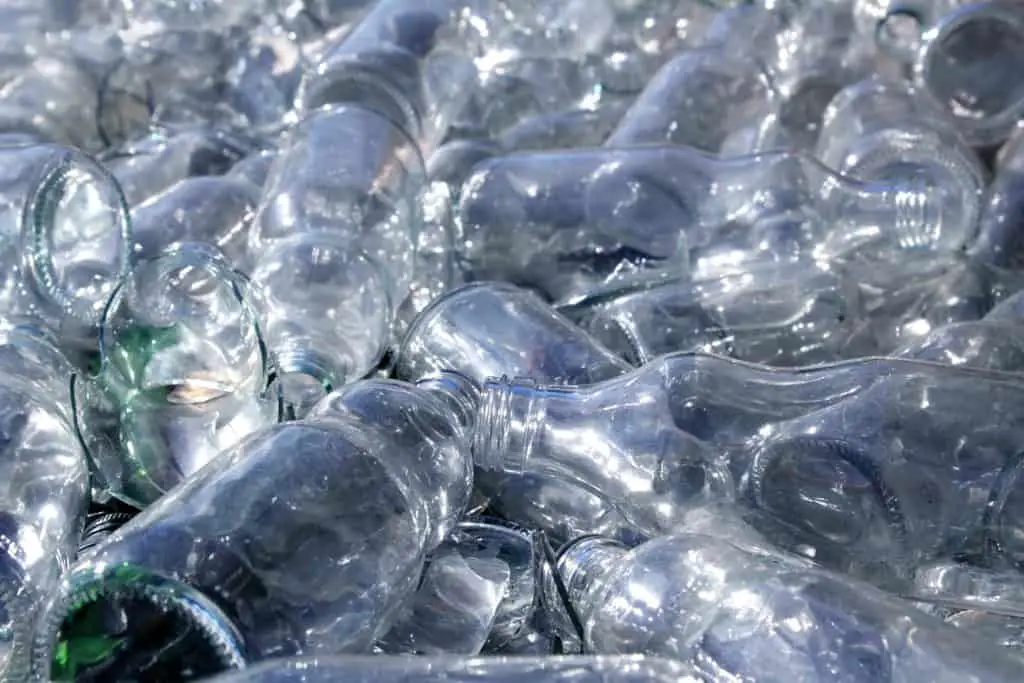
Bins to collect glass only have been rolled out across Victoria as a part of the Circular Economy (Waste Reduction and Recycling) Bill which established a body (Recycling Victoria) to oversee and regulate the state’s recycling sector from mid-2022. There are some ambitious recycling goals supported by this Bill.
As noted, purple bins can be found in one NSW council area – the Sutherland Shire Council. However, these purple bins are not provided by the council – it’s a separate service operated by those that run www.purplebins.com.au.
I couldn’t find much information about who is behind this initiative but it appears to be the local Return and Earn facility in the area. 🤔
The way it works is that residents of the Shire pay a one-off $80 fee to get a purple-lidded bin. The bin is then used to collect items that are covered under the Container Deposit Scheme. So that’s cans and plastic bottles.
For every container recycled, the owner of the bin receives a 10-cent refund.
Apparently, in 2022 the scheme was processing up to 160,000 containers a day. This equates to saving up to 100 cubic metres of rubbish from landfill each day. Not a bad idea. ♻️
What are black, grey or dark green bins for?
If black, grey and dark green are used as the lid colour for your council bin, it usually means the bin is for general household waste. Typically these colours are used for the body of most council bins and it does not represent anything when it comes to waste that goes in that bin.
State-based variations in bin colours and waste collection
Based on a news.com article written in November 2021, plus some updated references noted below, I have created a table that summarises the typical waste streams and bin colours used by councils in each state.
I imagine you might be sick of reading this qualifier but EVERY COUNCIL IS DIFFERENT even within the same state. Refer to the section above on recycling for more on how to get council-specific information.
The information in the table below is a generalisation based on what most councils in the state adopt when it comes to bin colors and the waste they collect:
Further resources:
- Learn more here
- Explore this bin guide
- Standardizing household recycling across Victoria
- Queensland waste management
- Hobart’s waste strategy
- Northern Territory EPA
So there you have it – a colorful journey through Australia’s recycling bins and waste collection systems. 🌈🗑️
Whether you are hopping between states, buying colored bins for your home or office or just plain curious about how waste is handled across Australia, this blog post was designed for you.
Remember, being mindful of what goes where is a small but impactful way we can all contribute to a healthier planet. It is through these conscious choices, we can collectively work towards a more sustainable future 🌎
xxx Tahsin

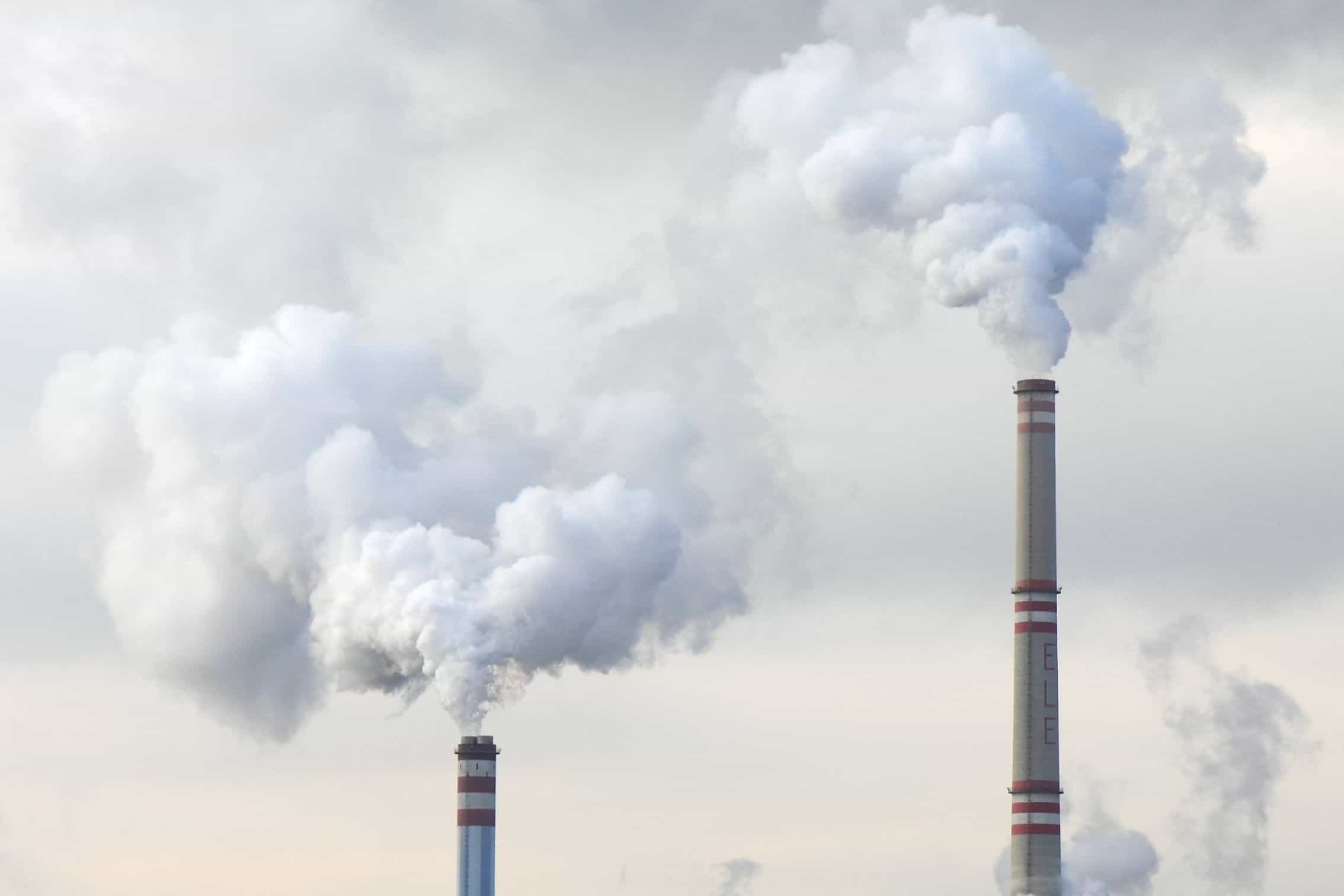
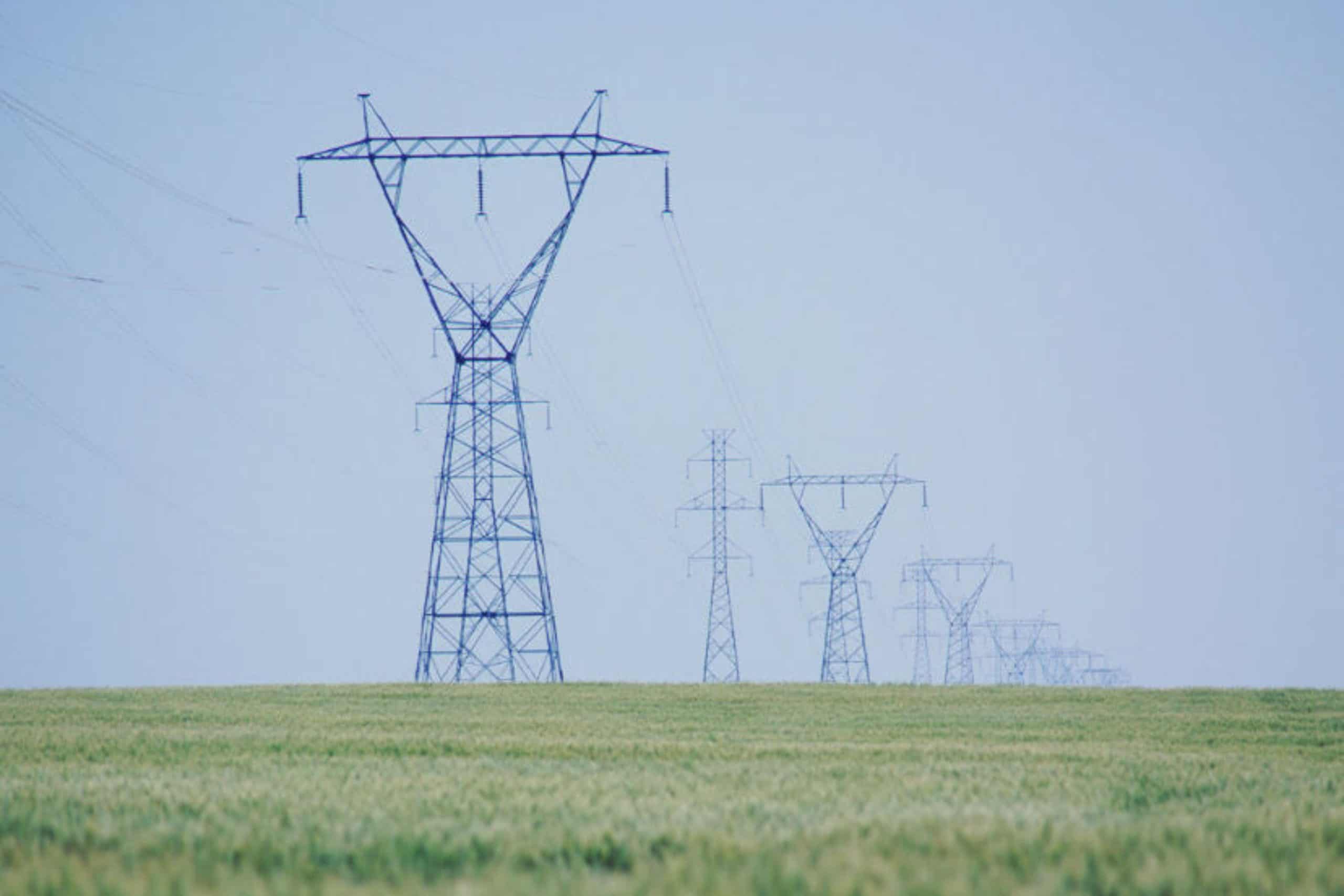
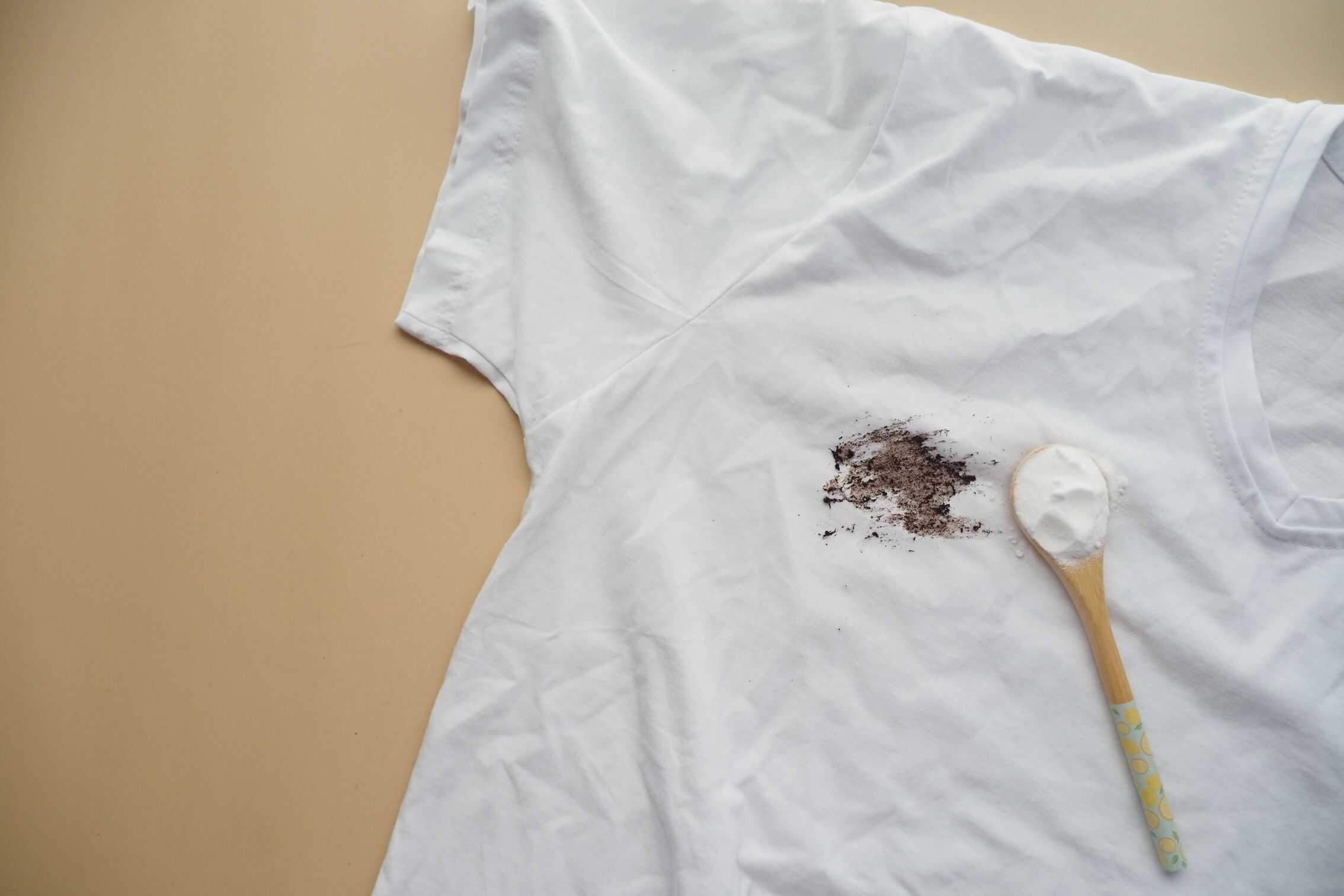
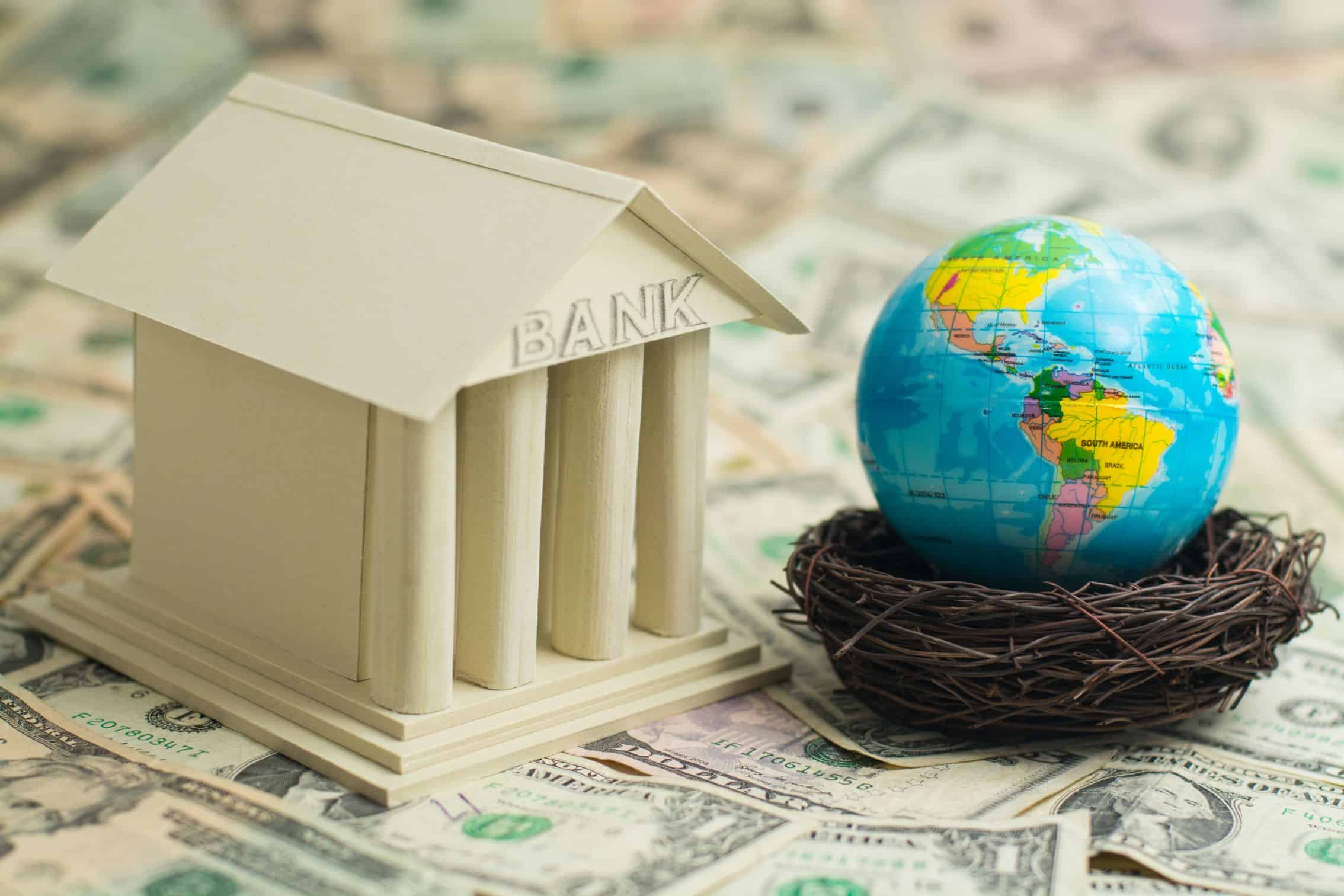
This is a very informative article. Being educated on how we segregate our rubbish is very important. This plays a very vital role for us to be able to have a greener environment. Just recently, we have purchased bins and waste containers from Ace Waste and it did not disappoint. It is clearly labelled for ease-of-use. You can check their page here: https://www.acewaste.com.au/services/waste-containers/
Your article on recycling bin colours in Australia is incredibly informative and well-structured. It effectively clarifies the Australian Standards for bin lid colours and their corresponding waste types, which is essential for promoting proper waste segregation. The inclusion of a state-by-state breakdown further enhances its utility. Thank you for providing such a valuable resource to aid in responsible waste management.
Thank you so much! Appreciate the feedback.